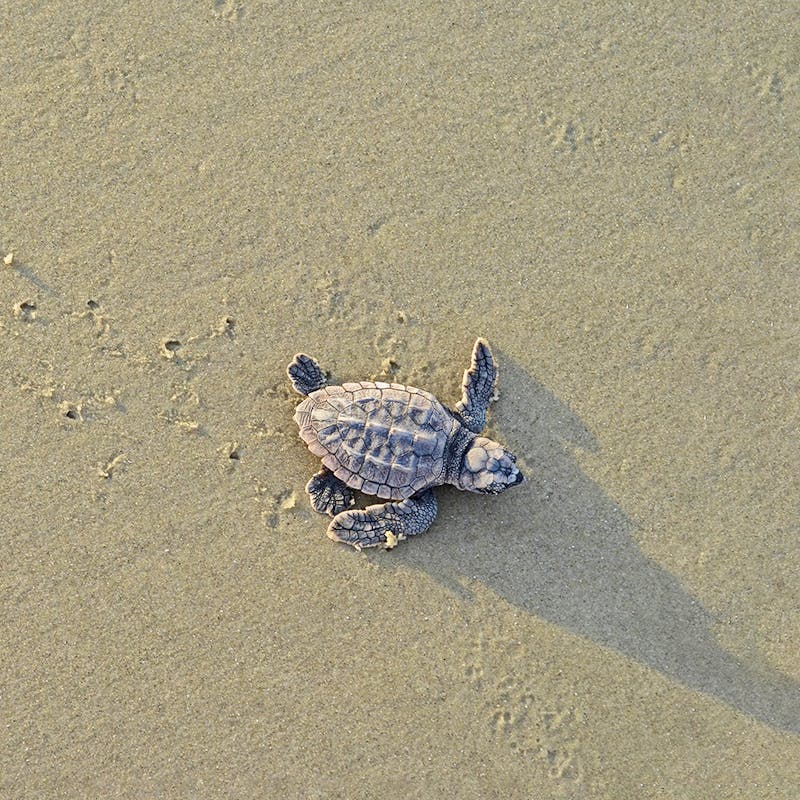World Sea Turtle Day, June 16, commemorates the birthday of renowned herpetologist Dr. Archie Carr whose life’s work brought attention to the plight of the world’s seven species of sea turtles: loggerhead, leatherback, green turtle, hawksbill, Kemp’s ridley, olive ridley and flatback. All except for the flatback are listed as threatened or endangered on the U.S. Endangered Species Act. Dr. Carr’s enduring legacy advanced our understanding of sea turtle ecology and the threats they face and helped create a global network that strives to ensure a hopeful future for these remarkable marine reptiles.
The Southeast provides globally significant habitat for sea turtles, with most species spending time in our waters at one time or another and sea turtle nesting season is well underway on our beaches. Florida beaches host 90% of sea turtle nesting in the continental U.S. and the combined beaches of Florida, Georgia and the Carolinas support the largest rookery of loggerhead nesting in the world.
For this nesting season, researchers believe that mild winter and spring temperatures aided sea turtles’ migration to area beaches and sea turtles got an early start. On the mid-Atlantic coast of Florida, sea turtle nesting season begins in March and the earliest known leatherback sea turtle nesting occurred on February 6, setting a new state record. The first loggerhead nest was confirmed on March 21. As of June 2, Archie Carr National Wildlife Refuge has had 4,039 loggerhead nests, 38 leatherback nests, 165 green turtle nests and one Kemp's ridley nest along its 20.5 miles of beaches, all above average for this time of year.
Widespread alteration of coastal areas and human activity can prevent or disrupt nesting, so it is natural to assume that the stay-at-home orders and business closures earlier in the season during the current COVID-19 pandemic may have helped sea turtle nesting in the region. When beaches closed to stop the spread of COVID-19, sea turtles could come ashore without many of the disturbances created by people, pets and vehicles on the beach, and boats near nesting beaches. Other obstacles usually include beach furniture, recreational equipment, sandcastles and holes, along with plastic and other litter. Artificial lighting also discourages nesting females and disorients and kills hatchlings.
But in some areas of the world, a lack of monitoring nesting beaches resulted in greater levels of poaching. We’ll have to wait for the end of the year when nesting season finishes up to see how it compares with other years.
While sea turtles face many daunting threats, they have demonstrated their resiliency over the millennia. Now that many people are returning to beaches around the country, we have to continue to avoid disturbing or harming sea turtles, shorebirds and other wildlife.













Follow Defenders of Wildlife
facebook bluesky twitter instagram youtube tiktok threads linkedin